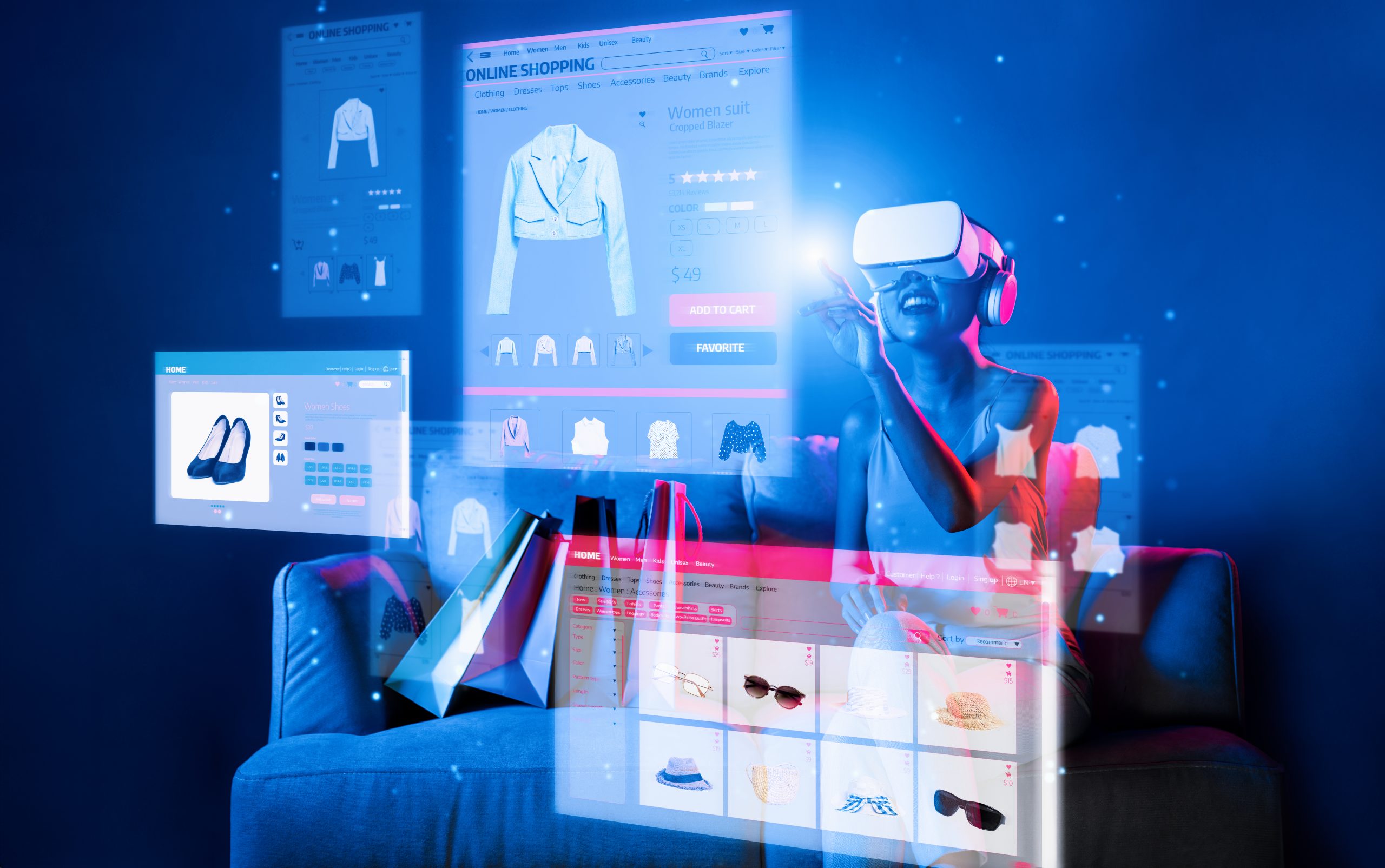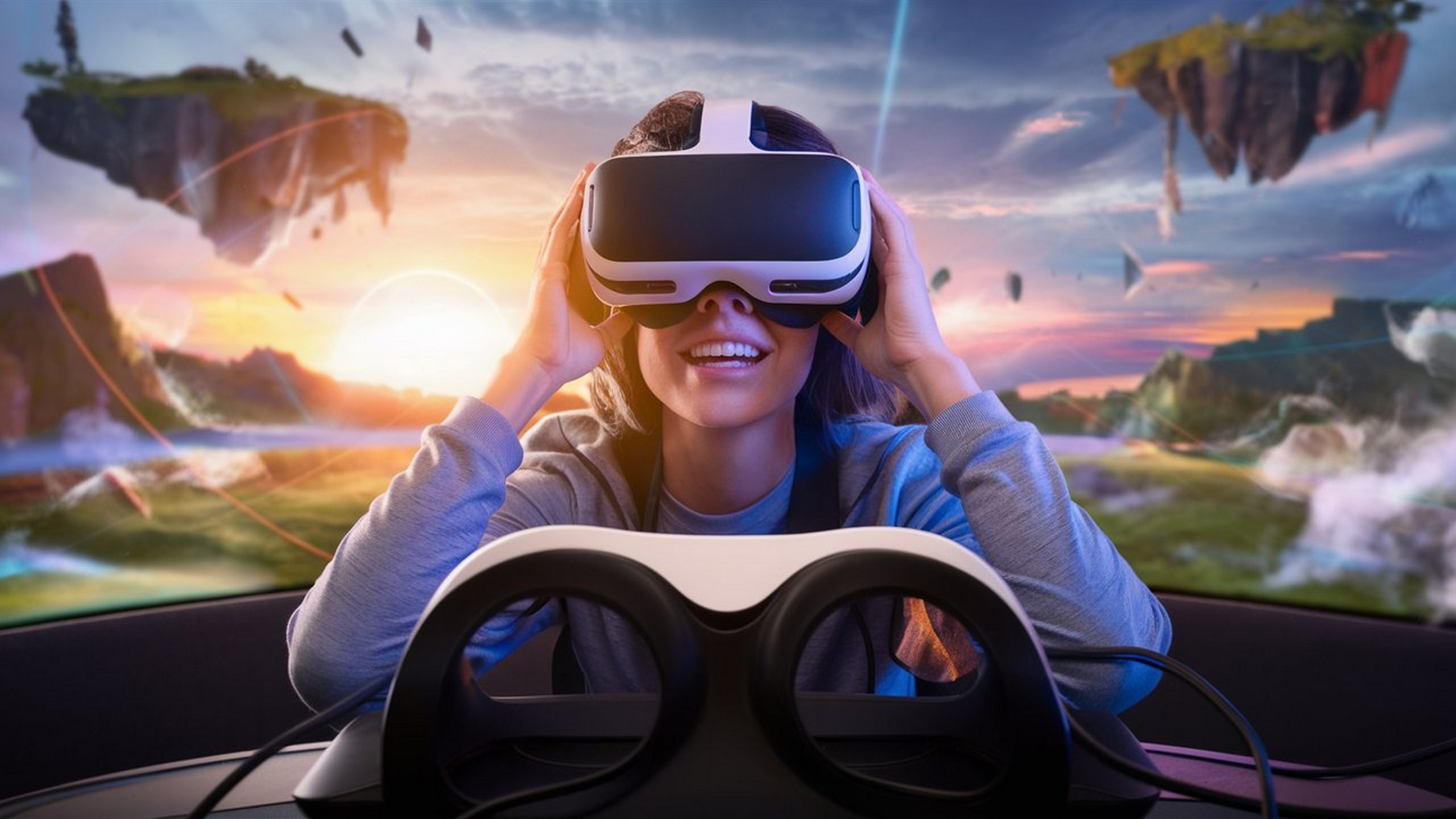Marketing evolution reflects every change brought about by the web. Marketing’s goal at Web 1.0 was to update a business website with contact information. After that, Web 2.0 began connecting people with brands and gathering their search history to create a more personalized user experience. Next came Web 3.0, which brought in a more immersive experience. Now, let’s take a look at the Metaverse.
Since the Metaverse has been forecasted as the future of social media, brands have begun strategizing new marketing campaigns. In the complex experience of virtual and augmented realities within the Metaverse, users are connecting, playing, and exchanging transactions. Marketing in the Metaverse, with the assistance of a branding marketing agency, presents an opportunity for brands to reach a larger audience, establish their digital footprint, and capitalize on potential revenue growth.
Three defining highlighters mark Metaverse:
- Immersive virtual environments rendered in real time that multiple users can explore and interact with.
- Users’ gateway to engagement is through conversations, trade, content creation, asset generation, and beyond, which involves having their own unique virtual identity.
- Cryptocurrency, as a medium of exchange, drives the virtual economy and is embedded within the Metaverse, along with digital goods and assets, including Non-Fungible Tokens (NFTs) for trade.
Companies have their eyes on Metverse for several reasons. They can engage with their customers in different ways and stand out. The main reason companies target the Metaverse is to reach Gen Z and millennials.
Decentralization is Metaverse’s interesting aspect. On Facebook, organizations and individuals are utilizing the Meta-owned platform. However, on the Metaverse platform, brands can create their world and environment, allowing users to see what they have made.

Keys To Marketing in the Metaverse
The core of Metaverse is creating an experience for customers. Marketers will be able to embrace a future in the Metaverse and market their offerings.
Before entering the Metaverse, brands should set goals and conduct experiments, as the platforms are constantly evolving. Businesses must start small to test reactions and make all the necessary adjustments.
Businesses must set goals before entering the Metaverse and continue experimenting, as the platforms are constantly evolving. Testing reactions and making necessary adjustments are required.
To reach the target audience, businesses should consider using the Metaverse as a marketing strategy. Increasing sales could be the primary goal; therefore, virtual items similar to those available in brick-and-mortar stores should be offered. Businesses need a way to connect so that people can access information both virtually and physically. But, knowing the audience first is more important before entering a Metaverse platform.
These are a few ways brands can work in the Metaverse and explain their outreach to the audience:
Collaborate to Increase Brand Awareness
Now, brands should identify ways to increase visibility in the virtual work environment through innovative brand partnerships and collaborations.
Collectibles Should Be Offered
People prioritize item collections, and this opportunity presents a new chance to create another collection in the Metaverse. With other uses, digital collectables collectables can be more easily traded.
Utilize NFTs and Collectibles to Bring Value to Users
Backed by blockchain technology, NFTs are the unique data units representing digital ownership of virtual artworks, collectables and real estate. NFTs are digital collectables that bridge the real and virtual worlds, as they exist virtually and are valued using real-world currency or cryptocurrency.
Brand Experience Extension to the Virtual World
The Metaverse extends beyond the physical brand, offering a unique brand experience that allows customers to try products before purchase and supports both NFT and real-life product sales in the new generation.
Engagement with Prevailing Communities
Apart from establishing a presence in a specific community and promoting marketing to its members, businesses must also consider the current platform’s style. Creating user-generated content, such as videos, texts, images, and audio, becomes possible after interacting with existing members. Then, the business campaign can be naturally executed.
Using Native Advertising
As the Metaverse is extensively explored, native advertising opportunities, such as billboards and banners on virtual streets or product placement, will likely increase. In fact, sponsorship opportunities for events within the Metaverse will increase. Hence, to showcase ads, Metaverse is a promising avenue to raise the brand recall value.
Creating A Specific Metaverse Platform
By creating a game or a world specific to the company’s offerings after conducting thorough research, the businesses can find the best fit with their target audience. For instance, Shopify has launched a new 3D shopping experience that companies can use to create virtual versions of their products. It is even functioning on its own NFT marketplace.
Allowing the Customers to Try Products
Before they make a purchase, customers can use virtual and augmented reality to view a 3D version of the product. For customers to get a virtual tour of the car, car companies like Porsche and Hyundai have created virtual viewing rooms and events. Other businesses can adopt a similar strategy with a variety of items, allowing customers to try new products remotely. For instance, they can utilize Augmented Reality to visualize furniture in their homes or try on new clothing.
Designing Interactive Live Events
The Metaverse can take virtual events to a new level, making them more interactive with 3D options. To feel less alienated, the remote employees will also be physically present in the Metaverse with others. The Metaverse could be a more cost-effective and flexible choice for collaboration and interaction. Visualizing and solving problems in 3D, other than facing the 2D limitations of virtual meetings of the day, is the way to get it done.
Metaverse even adds a new dimension to community and launch events. It helps reach larger audiences without geographical boundaries, allowing guests to interact with each other from any location. In addition to this, the virtual reality (VR) technologies used in the Metaverse provide a sense of togetherness to users.

Engaging with Virtual Influencers
AI-created 3D modelling and other technologies have shaped digital avatars, rather than virtual influencers, to interact with people through social media videos, comments and virtual appearances. As people dedicate more time to the Metaverse, these computer-generated characters are being regarded as powerful marketing tools.
Experimenting with Core Metaverse Capabilities
Brands are now considering a virtual-first strategy to offer unique metaverse experiences to consumers, other than replicating the physical world marketing strategies. These experiences are transforming the shopping experience in virtual outlets, allowing users to digitally try products, transact for virtual real estate ownership, take vehicle test drives, or interact with virtual avatars.
Tapping Into Virtual Avatars of Real-World Celebrities
Now, celebrities and influencers are expanding their brands into the virtual world through land purchases, concert and performance organizations, selling goods, and creating their Metaverse.
Conclusion
The Metaverse indeed offers immense possibilities, but it’s an emerging and unregulated technology. Hence, brands must mindfully utilize it to avoid privacy and safety concerns. Therefore, brands need to note that, in its current form, the Metaverse requires a significant amount of energy, and they must be environmentally aware. Creating a marketing strategy for the Metaverse is an investment – brands should proceed with curiosity and caution.







